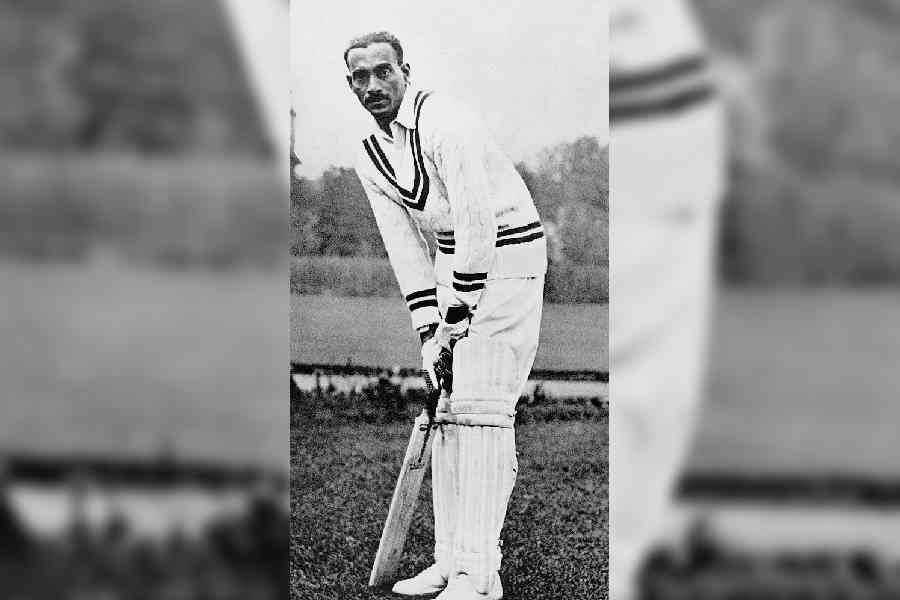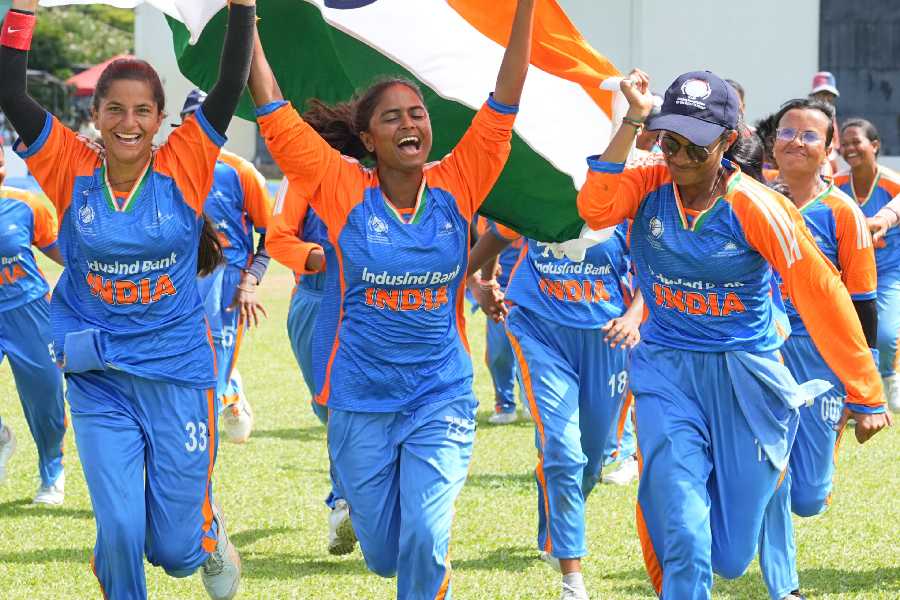June 25 is a red-letter day in the history of Indian cricket. It was on this day in 1983 that Kapil’s Devils stunned the reigning two-time world champions West Indies and the rest of the cricketing world by winning the Prudential World Cup. The win, coming against all odds, completely changed the trajectory of not just Indian cricket but world cricket, spurring India on to becoming a powerhouse both on the field and off it.
But five decades before that, on this very date in 1932, India marked another cricketing milestone when they stepped out in whites, making their Test debut at the Mecca of cricket — the historic Lord’s.
As in the case of almost all major cricketing nations, the sport was brought to India by the British. With time, Indians picked up the game — starting with the pioneering Parsees, followed by other communities. In the 1880s, the Parsees did two tours of England and played a series of matches. In 1911, the first representative Indian cricket team toured the British Isles. But the pivotal moment in India’s journey towards becoming a Test-playing nation came during the first tour of the subcontinent by the Marylebone Cricket Club (MCC), led by England captain Arthur Gilligan, in the winter of 1926-27.
Three events on that three-month-long tour proved critical. A classic, composed century by Dr DB Deodhar showed Gilligan and the MCC that Indians had learnt to adapt to the rigours of Test match batting. In a match between the visitors and Rajputana & BBCI (Bombay, Baroda and Central India) Railways, Indian fast bowler Ladha Ramji inflicted such pain — literally — on the Englishmen that Gilligan was forced to request his rival captain, the Maharawal of Dungarpur, to take Ramji off the attack.
But the most pivotal factor was a hurricane of a century by Col. CK Nayudu — one of the first superstars of Indian cricket — against MCC at the Bombay Gymkhana. Nayudu massacred the MCC attack with a score of 153 in just 116 minutes, hitting 11 sixes along the way — a first-class record.
Gilligan, convinced that India was ready for Test cricket, played a key role, along with Maharaja of Patiala Sir Bhupinder Singh and industrialist RE Grant Govan in establishing the Board of Control for Cricket in India (BCCI). In 1928, India was formally inducted into the Imperial Cricket Conference (precursor of the present-day ICC) and in the summer of 1932, they were invited to tour England and play their first Test match at Lord’s. What followed can put to shame the best of Bollywood dramas.
A captain had to be selected and the most obvious choice was the Maharaja of Patiala — the biggest patron of Indian cricket who had led the Indian side to tour England in 1911. However, with his royal duties and ill health, the Maharaja was unlikely to take up the offer. There were two other fine candidates — both from royalty. The first was Kunwar Shri Duleepsinhji of the Nawanagar royal house. Nephew of the legendary Kunwar Shri Ranjitsinhji (after whom Ranji Trophy is named), Duleepsinhji had already made a mark in English cricket, amassing nearly 1,000 runs for England in just 12 Tests at a staggering average of 58.52. He was keen on taking up the offer of Indian captaincy but was dissuaded by his uncle and mentor Ranji who advised him to focus on getting selected on the Ashes tour of Australia in the winter of 1932 instead.
The next choice was the young Nawab of Pataudi — Mohammad Iftikhar Ali Khan. In the 1931 season, the Nawab had made 1,307 runs for Oxford University at an average of 93. This included a record 238 not out in an inter-varsity match versus Cambridge. Pataudi, when approached by the BCCI, showed interest and even led some trial games played in India. But he withdrew at the last moment to avoid jeopardising his county spot with Worcestershire and chances of selection for the Ashes tour. The Board officials next approached England captain Douglas Jardine, eligible by virtue of being born in Bombay, but the offer was politely declined. A final request was made to the Maharaja of Patiala but was expectedly turned down.
The Maharajkumar of Vizianagram — a cricket-crazy scion of a minor royal house with next to no cricketing abilities — was eyeing the captaincy, hoping to rival Patiala as the most influential figure in Indian cricket. Vizzy, as he was popularly known, spared no expense in wooing the colonial masters. For the time being though, Patiala trumped him. The Maharaja of Porbandar was announced as the captain of the Indian team to England and his brother-in-law, Prince Ghanshyamji of Limbdi, the vice-captain (Limbdi was also Duleepsinhji’s cousin). Vizzy was offered the comical-sounding post of deputy vice-captain but opted out of the tour.
CK Nayudu, the man most qualified for the top job, was not even considered as it was unthinkable for a commoner to lead India back in those days.
But the game would soon prove to be a great leveller. In England, the Indian captain turned into a butt of jokes. Porbandar had no cricketing ability. On the tour, he played only a few games and made just 2 runs. The running joke was that the Indian captain had more Rolls Royces in his garages in England than he had made runs on the tour. But Porbandar was also a gracious man who had no illusions about his abilities. Ahead of the Test at Lord’s, he withdrew from the game to make way for someone more suitable, hinting at his brother-in-law and deputy Limbdi. But Limbdi announced that he had a stiff back, ruling himself out of the match. Given that he averaged 9.62 on the tour with the willow, Limbdi possibly decided not to make a fool of himself in front of the English attack.
India was left without a leader and CK Nayudu was asked to fill in when the first Indian Test team played at the hallowed Lord’s on the morning of June 25, 1932. There was some more drama to unfold as some players, prominent among them was star all-rounder Ladha Amar Singh (younger brother of Ladha Ramji), refused to play under a commoner. The revolt was taken care of after a message arrived on the match eve from Sir Bhupinder of Patiala, declaring Nayudu as the chosen one.
India went on to lose the match but their pioneering footsteps eventually made the country a force to reckon with in world cricket.










